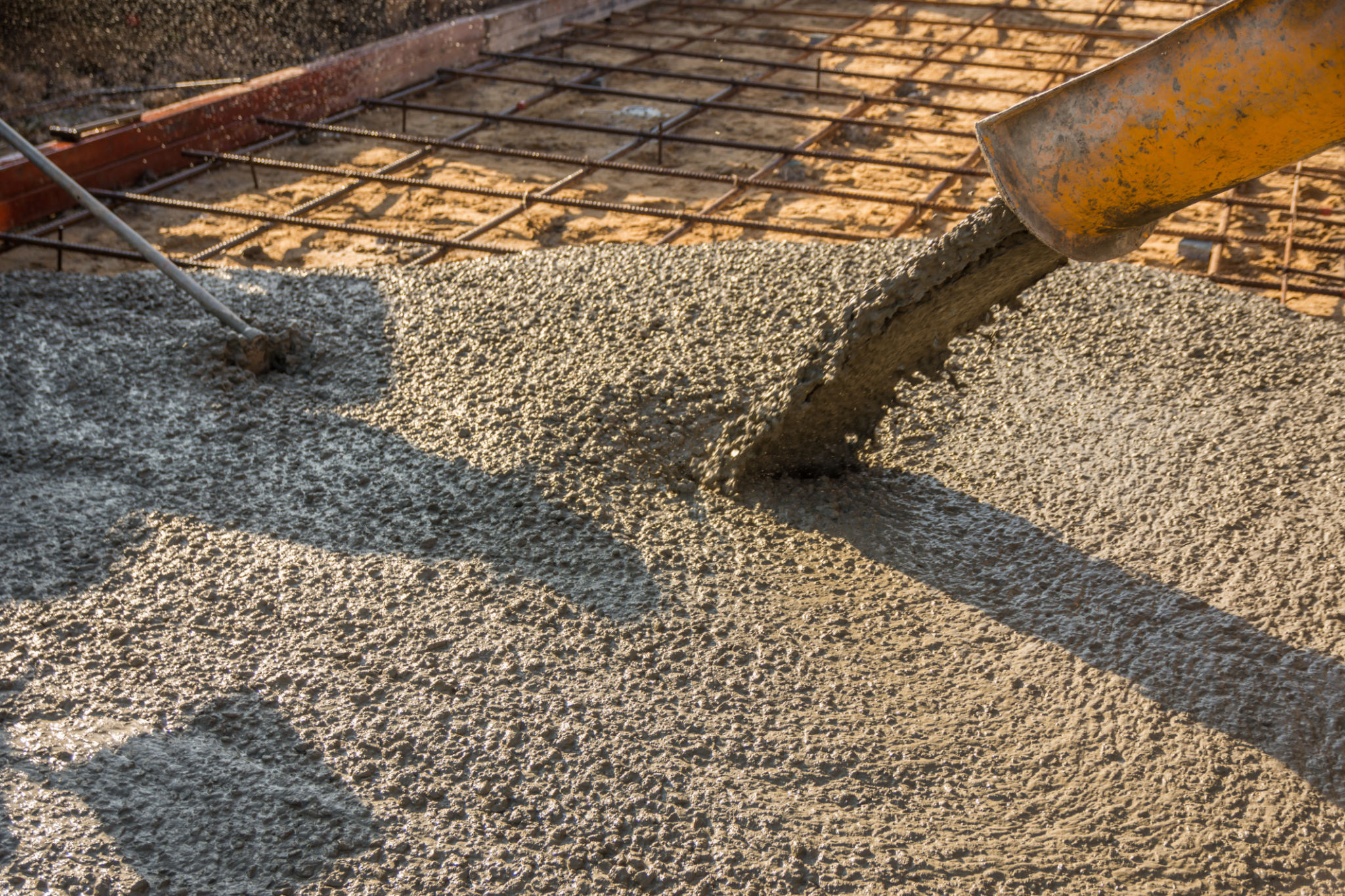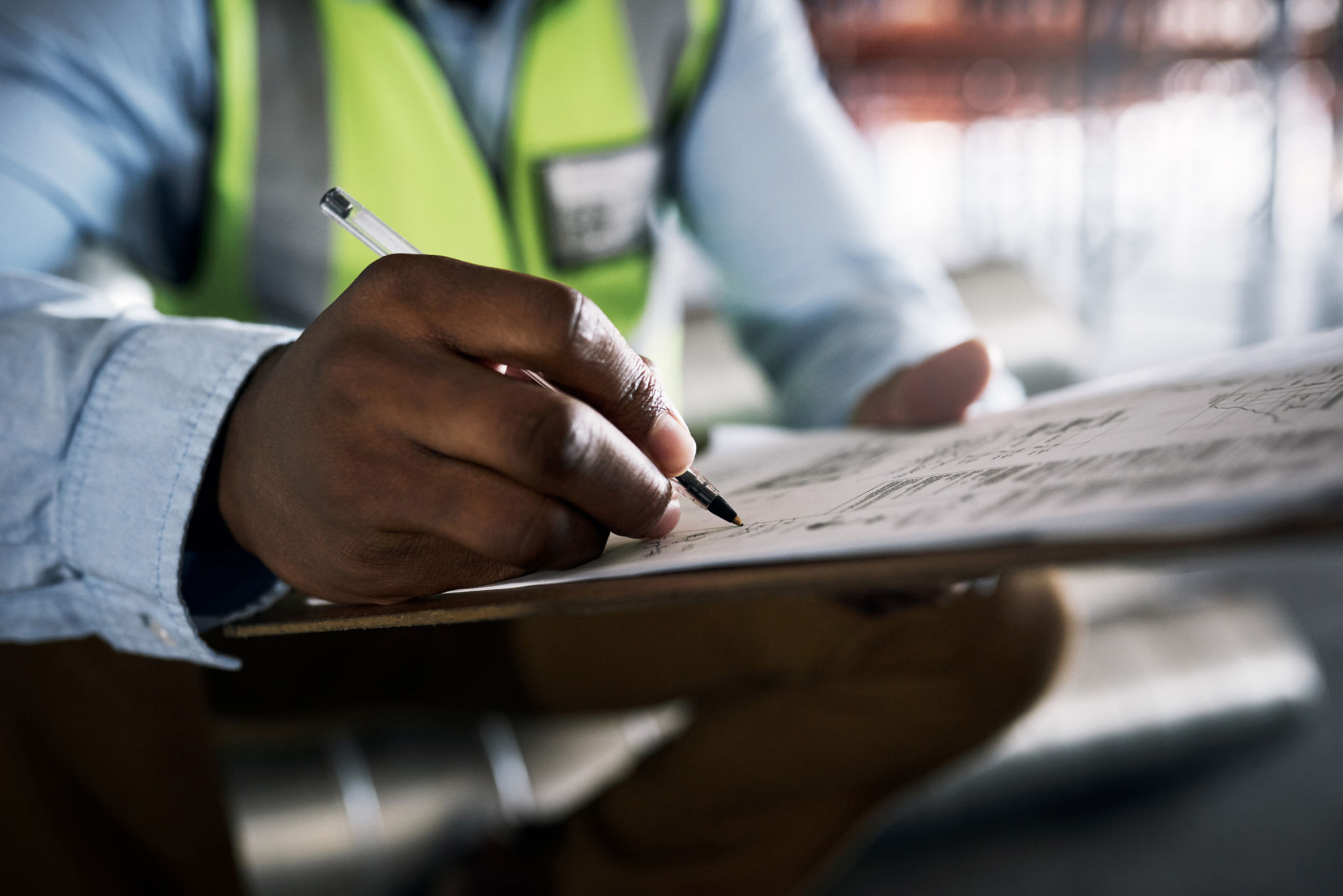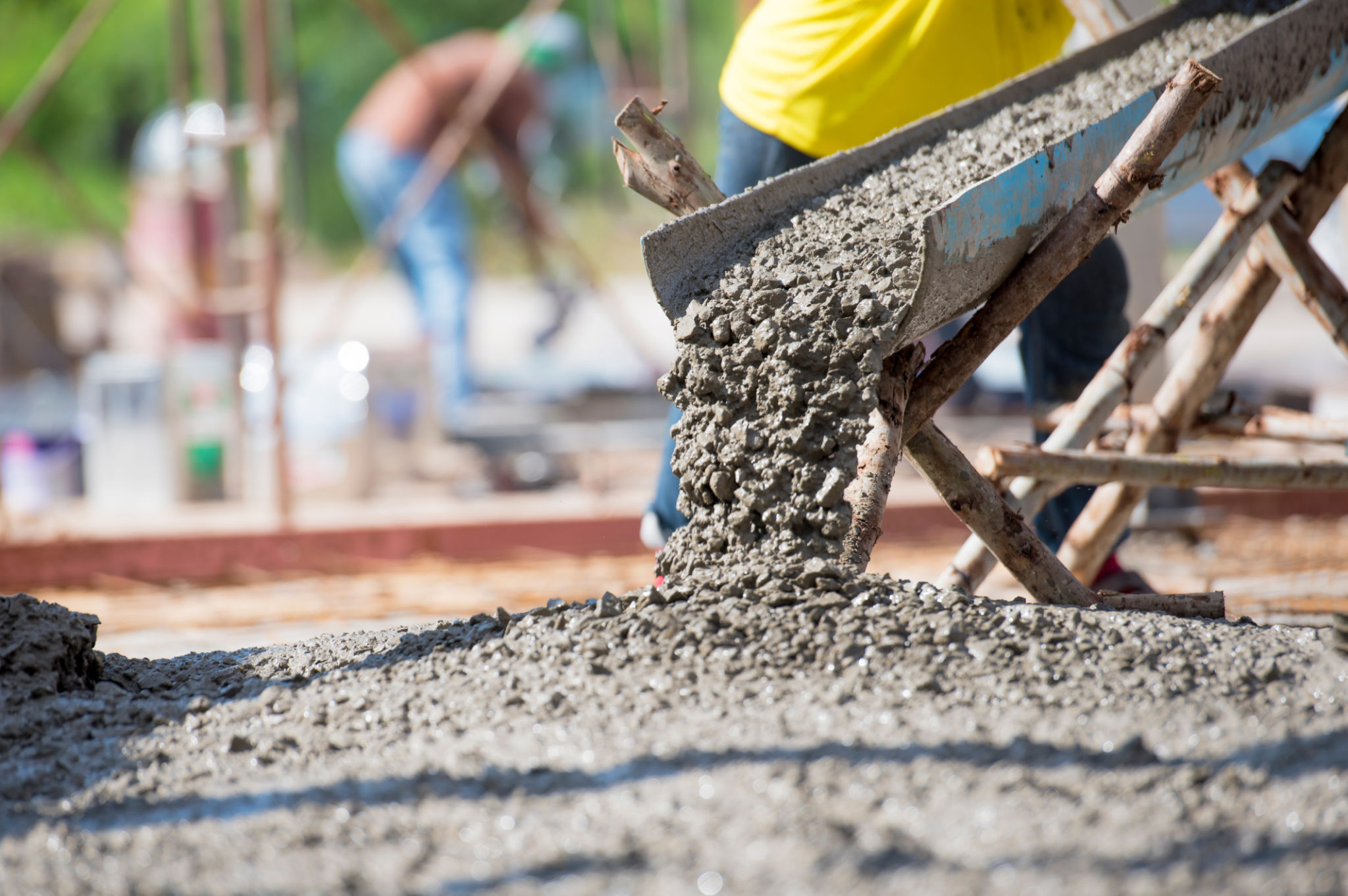How to Prepare Your Garden for Concrete Placement: Tips and Tricks
Understanding the Importance of Preparation
Preparing your garden for concrete placement is a crucial step that ensures a successful and long-lasting project. Whether you're planning to add a new patio, walkway, or another concrete feature, proper preparation is key to achieving the best results. Neglecting this step can lead to problems such as cracking, settling, and other structural issues.

Assessing the Area
The first step in preparing your garden is to assess the area where you plan to place the concrete. Remove any existing vegetation, rocks, or debris from the site. It's essential to have a clear and level space to work with. Make sure to measure the area accurately, as this will help you determine the amount of concrete needed.
Checking the Soil
Before proceeding with the excavation, check the soil type in your garden. Different soil types have varying drainage properties, and poor drainage can affect the stability of your concrete. If necessary, consider adding a layer of gravel or sand to improve drainage and provide a stable foundation.

Excavating and Leveling
Once you've assessed the area and checked the soil, it's time to start excavating. Use a shovel or a small excavator to dig out the area to the desired depth, typically around 4 to 6 inches for most garden projects. Be sure to level the base as evenly as possible to prevent any uneven settling of the concrete.
Installing Forms
Forms are essential for containing the concrete and shaping it according to your design. Use wooden or metal forms to outline the area where you will pour the concrete. Ensure that the forms are securely staked into the ground and level on all sides. This step is crucial for maintaining the structure and integrity of your project.

Reinforcement and Final Preparations
Reinforcement helps increase the strength and durability of your concrete. Depending on the project's requirements, you may need to add wire mesh or rebar within the forms before pouring the concrete. This reinforcement reduces the risk of cracking and helps support any load that the concrete may need to bear.
Preparing for Concrete Pouring
Before pouring the concrete, double-check all your preparations. Ensure that the forms are secure, the base is level, and any reinforcement is properly positioned. It's also a good idea to lightly dampen the base to prevent it from absorbing too much moisture from the wet concrete.

Pouring and Finishing Touches
Once everything is prepared, you can begin pouring the concrete into the forms. Use a wheelbarrow or a concrete mixer to transport and distribute the concrete evenly across the area. After pouring, use a screed or float to level out the surface and remove any air pockets.
Finally, allow the concrete to cure properly. This involves keeping it moist for several days to prevent cracking and ensure maximum strength. Follow up with any additional finishing touches, such as adding texture or sealing the surface, to enhance durability and appearance.